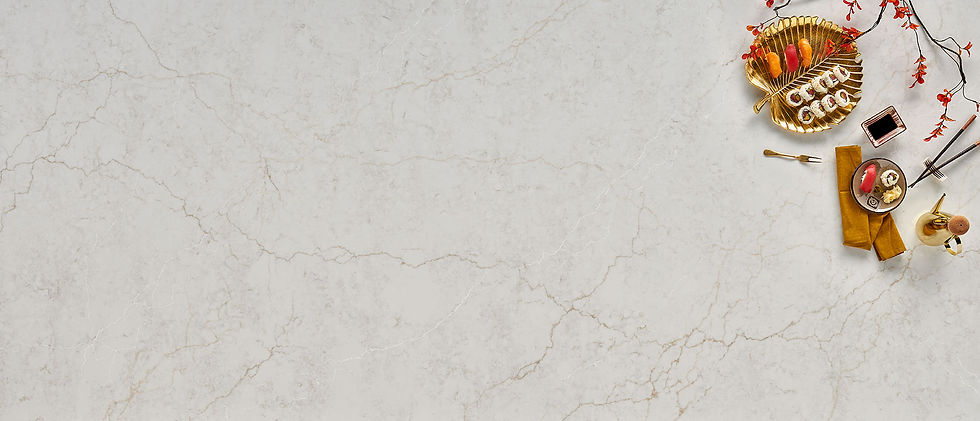What is Venetian Plaster? Unveiling the Artistry and Elegance of a Timeless Finish
- RTM StoneWorks
- Jul 10, 2024
- 2 min read

In the world of interior design and home décor, Venetian plaster stands out as a classic and luxurious wall finish that has been cherished for centuries. Originating in Italy during the Renaissance period, Venetian plaster has evolved from a practical building material into a symbol of elegance and craftsmanship. Let's delve into what Venetian plaster is, its characteristics, and why it continues to captivate homeowners and designers alike.
Origins and History of the Venetian Plaster
Venetian plaster, or "stucco Veneziano" in Italian, traces its roots back to Venice, where it was developed as a versatile building material. Originally, it was used to create durable and decorative wall surfaces that could mimic the appearance of marble and other natural stones, but at a fraction of the cost. Over time, Venetian plaster became synonymous with the refined aesthetics of Venetian architecture and interior design.
Composition and Technique
Contrary to its name, Venetian plaster does not contain plaster in the traditional sense. Instead, it is primarily composed of slaked lime, marble dust, and natural pigments, blended to create a smooth and lustrous finish. The application process involves multiple layers of the plaster being troweled onto the wall in thin, translucent coats. Each layer is polished to a high sheen, revealing depth and richness in the texture.
Characteristics and Visual Appeal
One of the most distinguishing features of Venetian plaster is its aesthetic versatility. It can range from a subtle matte finish to a glossy, polished surface, depending on the desired effect and application technique. The natural materials used in Venetian plaster give it a warmth and depth that synthetic finishes often lack, making it ideal for creating a sense of timeless elegance in any room.

Benefits of Venetian Plaster
Durability: Venetian plaster is highly durable and resistant to moisture, making it suitable for use in bathrooms, kitchens, and other high-traffic areas.
Customization: It offers endless possibilities for customization in terms of color, texture, and sheen, allowing for tailored designs that suit any interior style.
Health Benefits: Unlike some synthetic wall finishes, Venetian plaster is non-toxic and hypoallergenic, contributing to healthier indoor air quality.
Application and Maintenance
While the application of Venetian plaster requires skill and craftsmanship, the result is a seamless and luxurious finish that enhances the architectural character of any space. Proper maintenance involves occasional dusting and cleaning with a soft cloth and mild soap to preserve its beauty over time.
Contemporary Uses and Popularity
In modern interior design, Venetian plaster continues to be favored for its ability to transform ordinary walls into works of art. It is often used in luxury homes, hotels, restaurants, and boutiques to create a sense of opulence and sophistication. Designers appreciate its versatility and the unique character it brings to both traditional and contemporary interiors.
Conclusion
Venetian plaster exemplifies the marriage of artistry and functionality, embodying centuries-old techniques that have stood the test of time. Whether you're renovating a historic residence or adding a touch of Italian elegance to a modern home, Venetian plaster offers a captivating solution that enhances the beauty and ambiance of any interior space. Explore the possibilities of Venetian plaster to elevate your home décor with its unparalleled charm and enduring allure.




Comments